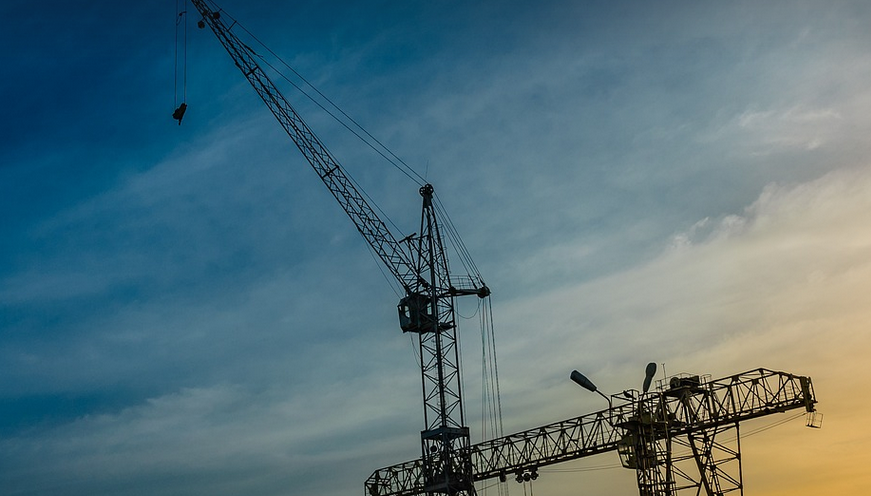What Makes a Welding Machine Tick?
Welding machines are essential tools for fabricators, metalworkers, and anyone working with metals. From constructing infrastructure to crafting intricate art pieces, these powerful devices melt metal together through heat. Their ability to join materials in this way depends on a complex array of components that work together seamlessly.
Understanding the different parts of a welding machine is crucial for getting the most out of its capabilities and ensuring safe operation. Let’s break down some of the key components:
The Powerhouse: The Inverter
One of the most critical components in any welding machine is the power supply, often referred to as the “inverter.” This electronic unit converts AC electricity from your home outlet into DC power, and it does so with remarkable efficiency.
Think about a car’s engine. It takes fuel, air, and an ignition spark to create the motion that drives you forward. Similarly, the inverter in your welding machine utilizes advanced electronics to control and generate precisely controlled DC electricity. This is essential for achieving consistent welding results.
The Brains: Control Panel
The control panel of a welding machine is your communication hub with the machine. It’s where you adjust parameters like voltage, amperage, wire feed speed, and more. Think of it as your “control center” for fine-tuning the welding process.
The Heart: Welding Components
The heart of any welding machine lies in its power circuitry and welding components. This is where the magic happens – melting metal! It’s a complex dance between electrical current, molten metal, and precise control.
A Closer Look: Inside the Machine
Let’s take a deeper dive into the inner workings of a welding machine:
**1. Power Supply:** The inverter is responsible for converting AC to DC power. This ensures your welder delivers the correct current and voltage for welding metals effectively.
**2. Control Panel:** Your control panel is where you adjust settings like voltage, amperage, wire speed, and more. It’s a crucial interface between you and the machine.
**3. Welding Gun (also known as electrode/contact tip):** The welding gun acts as a conduit for electricity to flow into the workpiece and melt it.
Safety First: Essential Components for Safe Welding
Welding is a powerful process that requires adherence to safety protocols. A well-maintained welding machine is integral to this, but don’t forget about other vital components:
**1. Shielding Gas:** This shield protects the weld pool from atmospheric contamination and ensures clean welds with enhanced arc stability.
**2. Wire Feeder (if applicable):** For MIG welding, a wire feeder automatically feeds the electrode wire into the welding gun. It’s essential to ensure consistent feed speed for smooth welding.
**3. Safety Gear:** Welding can be dangerous without proper safety gear. This includes: * **Welding Jacket/Coveralls:** Protects you from sparks and heat. * **Safety Glasses:** Provides crucial eye protection.
Beyond the Basics
Understanding these basic components can help you troubleshoot problems or choose appropriate welding equipment. But there’s more to learn about:
* **Welding Types:** There are numerous types of welding, each utilizing different techniques and equipment: MIG, TIG, Stick, etc. * **Machine Selection Criteria:** Consider factors like the type of metal you work with, the size and complexity of your project, and budget limitations when selecting a machine.
As you delve deeper into the world of welding, you’ll discover an array of sophisticated tools that empower you to create beautiful, durable, and impactful metal designs. Happy welding!
